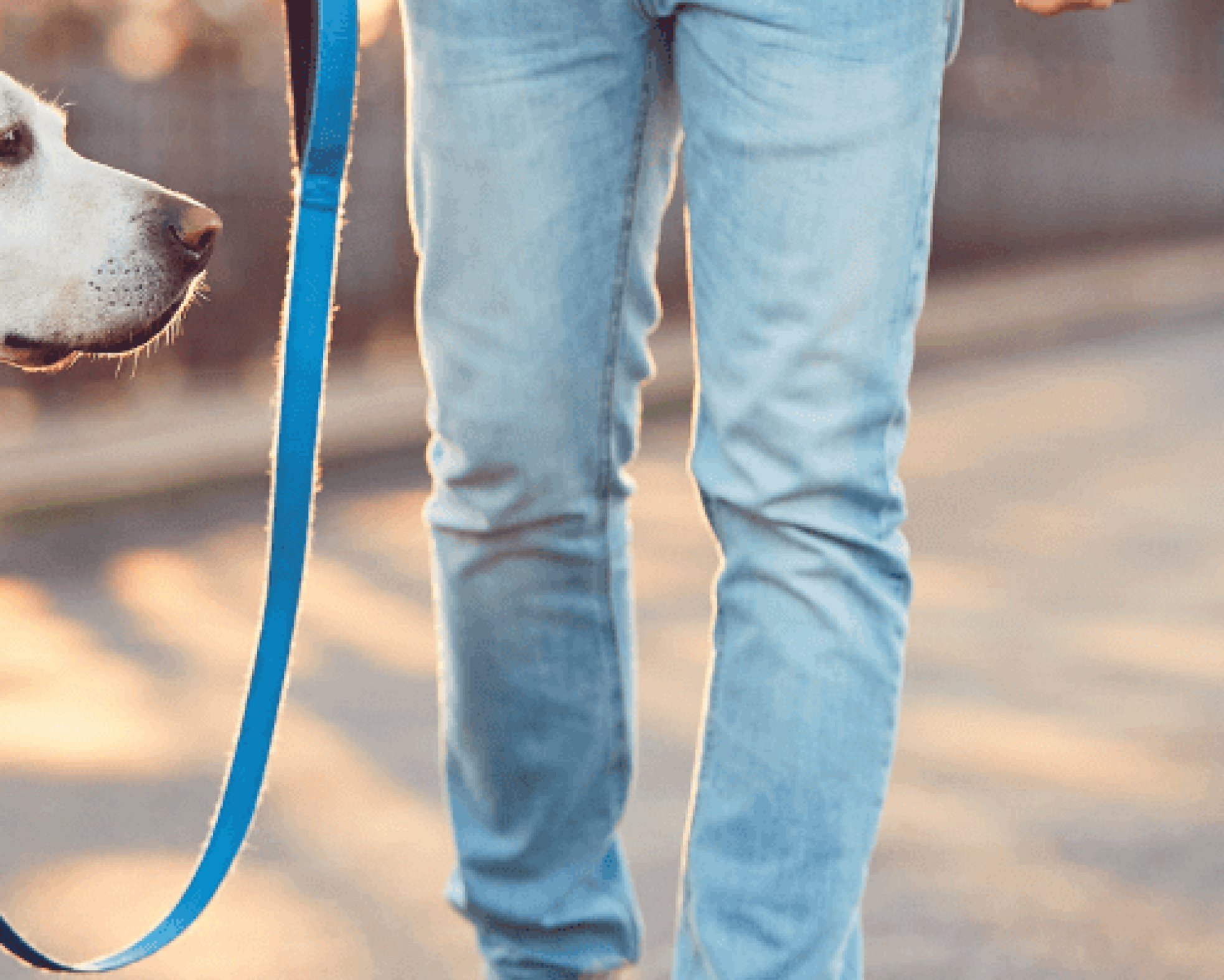Related Blogs

Your Ideal Dog First Aid Kit
No matter how well you look after the dogs in your care, accidents can happen. And having the tools to deal with these incidents is vital.

Employing Staff For Your Pet Business
If you're in a position to expand your pet business and bring in some staff, there are a number of important things to remember.

15 Dangerous Foods For Dogs
Most people will be aware that feeding dogs chocolate is a big no-no, but what other food items should you avoid feeding canines?

 A dog’s natural reaction upon finding a stick that they like the look of is likely to be to bite down. And with the sheer power afforded in a dog’s bite, smaller sticks are likely to splinter. This can cause two problems for dogs.
A dog’s natural reaction upon finding a stick that they like the look of is likely to be to bite down. And with the sheer power afforded in a dog’s bite, smaller sticks are likely to splinter. This can cause two problems for dogs. A potentially serious, but rather common stick-related injury is impalement. Exactly where a dog is impaled can often determine the seriousness of their injuries. While a cut to the mouth can be painful, if a dog was to fail to pick up a stick properly or runs onto the stick, there’s a risk that it could become lodged at the back of their throat. Not only does this sound unpleasant, but it can be extremely serious for the dog in question.
A potentially serious, but rather common stick-related injury is impalement. Exactly where a dog is impaled can often determine the seriousness of their injuries. While a cut to the mouth can be painful, if a dog was to fail to pick up a stick properly or runs onto the stick, there’s a risk that it could become lodged at the back of their throat. Not only does this sound unpleasant, but it can be extremely serious for the dog in question.